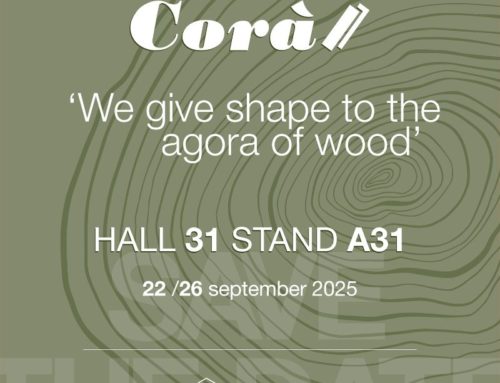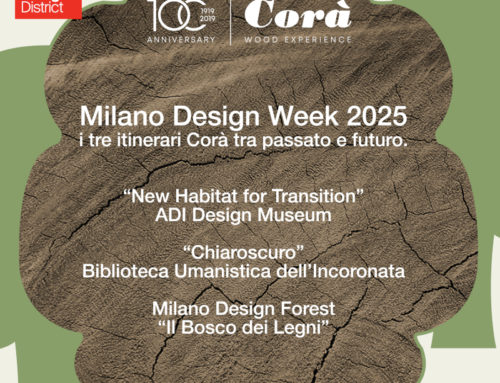It’s not just a trend in interior design, but a true philosophy of life. Biophilic design is a new way of conceiving the spaces we live in, aimed at restoring an authentic connection with nature. Through research, creativity, and innovative solutions, this approach seeks to enhance our physical and emotional well-being by integrating nature into architecture and design.
Biophilic design goes beyond mere aesthetics: it doesn’t just imitate natural elements—it makes them an integral part of our environments. It’s a way to let our homes breathe, creating spaces that stimulate the senses and help us regain the balance often lost in the rush of daily life. And wood, naturally, is the material of choice to focus on.
What is biophilic design?
To understand the concept of biophilic design, it’s helpful to go back to the origins of the term. “Biophilia” expresses the innate human love for life and all that represents it. The idea was introduced by philosopher and psychologist Erich Fromm and later expanded upon by Edward O. Wilson, who described how this connection with nature is deeply rooted in our being.
Applying biophilia to design means creating spaces that foster direct contact with nature, incorporating elements that promote a sense of calm, well-being, and renewal. This approach not only counteracts the negative effects of stress but also creates environments that positively stimulate our senses and enhance quality of life.
Corà Parquet: Wood That Speaks to Nature
Among the elements that best represent biophilic design is wood, as we’ve mentioned. Natural, welcoming, and alive, it is much more than just a material: it serves as a bridge between humans and the environment. And this is precisely how we envisioned the floors of the Rigenera line (discover Rigenera here).
Treated with natural oils, these parquet floors highlight the wood’s authentic beauty—from its unique grain patterns to its evocative scents—while offering excellent water resistance and minimal maintenance.

Walking on them is like living a full sensory experience, reminiscent of the ancient Japanese practice of Shinrin-Yoku, or “forest bathing.” Direct contact with wood reduces stress, enhances focus, and creates a sense of peace, turning any space into a serene retreat.
Plissé: When Walls Breathe
Wood isn’t just for floors: Corà’s Plissé wall paneling brings biophilic design into a vertical dimension (discover Plissè here). Inspired by birch forests, this solution gives walls a dynamic aesthetic, with light and shadow play that creates depth and movement.
Plissé is designed to harmonize with its surroundings: its concealed mounting system ensures visual continuity, while the use of fine wood species makes it both elegant and sustainable. It’s a perfect example of how wood can become a quiet yet essential protagonist—enriching spaces with energy and vitality.

A Choice That Renews
Biophilic design doesn’t just make spaces aesthetically pleasing—it has a real impact on the well-being of those who live in them. Non-toxic materials, natural light, nature-inspired patterns, and textured surfaces all contribute to creating regenerative environments.
With solutions like the Rigenera line and the Plissé wall paneling, Corà Parquet shows how tradition, innovation, and sustainability can come together. Every product is designed to respect the environment and strengthen the connection between people and nature, offering a living experience that goes beyond the ordinary.
Making Nature Part of Daily Life
Choosing biophilic design means investing in a new way of living. Corà Parquet’s products, with their ability to integrate nature into indoor spaces, represent a step toward a future where living better becomes a priority. Wood, with its authenticity and timeless charm, is not just a decorative element but a true connection with life.








